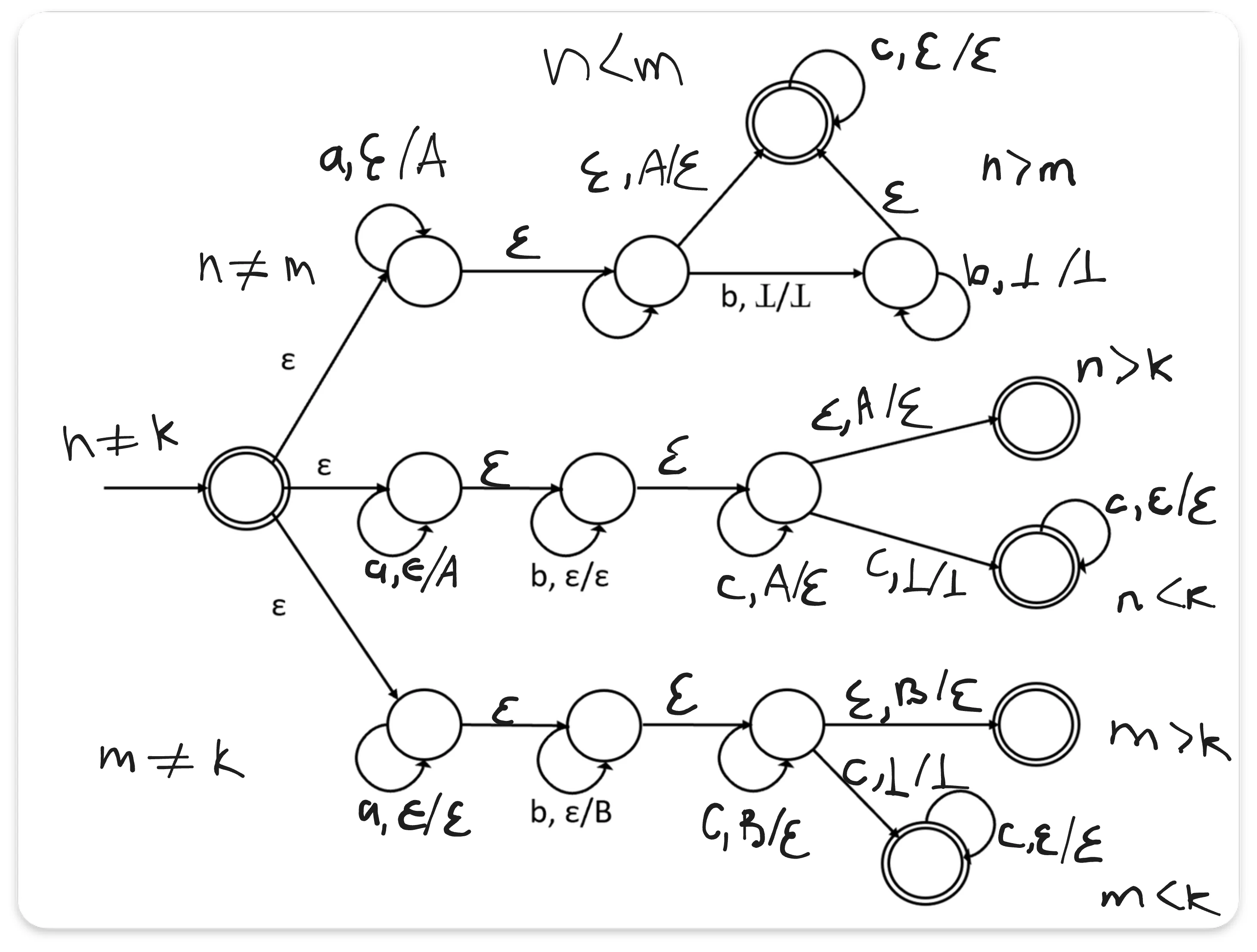| qs | (q1,1,x,R) | (q1,3,x,R) | (qs,x,R) | - | - | - |
| q1,1 | (q1,1,1,R) | (q1,1,0,R) | - | (q1,2,#,R) | - | - |
| q1,2 | (q1,5,x,R) | (q1,6,x,R) | (q1,2,x,R) | - | - | - |
| q1,3 | (q1,3,1,R) | (q1,3,0,R) | - | (q1,4,#,R) | - | - |
| q1,4 | (q1,6,x,R) | (q1,7,x,R) | (q1,4,x,R) | - | - | - |
| q1,5 | (q1,5,1,R) | (q1,5,0,R) | - | (q1,8,#,R) | - | - |
| q1,6 | (q1,6,1,R) | (q1,6,0,R) | - | (q1,9,#,R) | - | - |
| q1,7 | (q1,7,1,R) | (q1,7,0,R) | - | (q1,10,#,R) | - | - |
| q1,8 | (q1,8,1,R) | (q1,8,0,R) | - | - | (q1,8,c,R) | (q1,end1,c,L) |
| q1,9 | (q1,9,1,R) | (q1,9,0,R) | - | - | (q1,9,c,R) | (q1,end1,1,L) |
| q1,10 | (q1,10,1,R) | (q1,10,0,R) | - | - | (q1,10,c,R) | (q1,end1,0,L) |
| q1,end1 | (q1,end1,1,L) | (q1,end1,0,L) | - | (q1,end2,#,L) | (q1,end1,c,L) | - |
| q1,end2 | (q1,end3,1,L) | (q1,end3,0,L) | (q1,end2,x,L) | (q1,end2,#,L) | - | (q2,s,□,R) |
| q1,end3 | (q1,end3,1,L) | (q1,end3,0,L) | (q1,end3,x,L) | (q1,end3,#,L) | - | (qs,□,R) |
